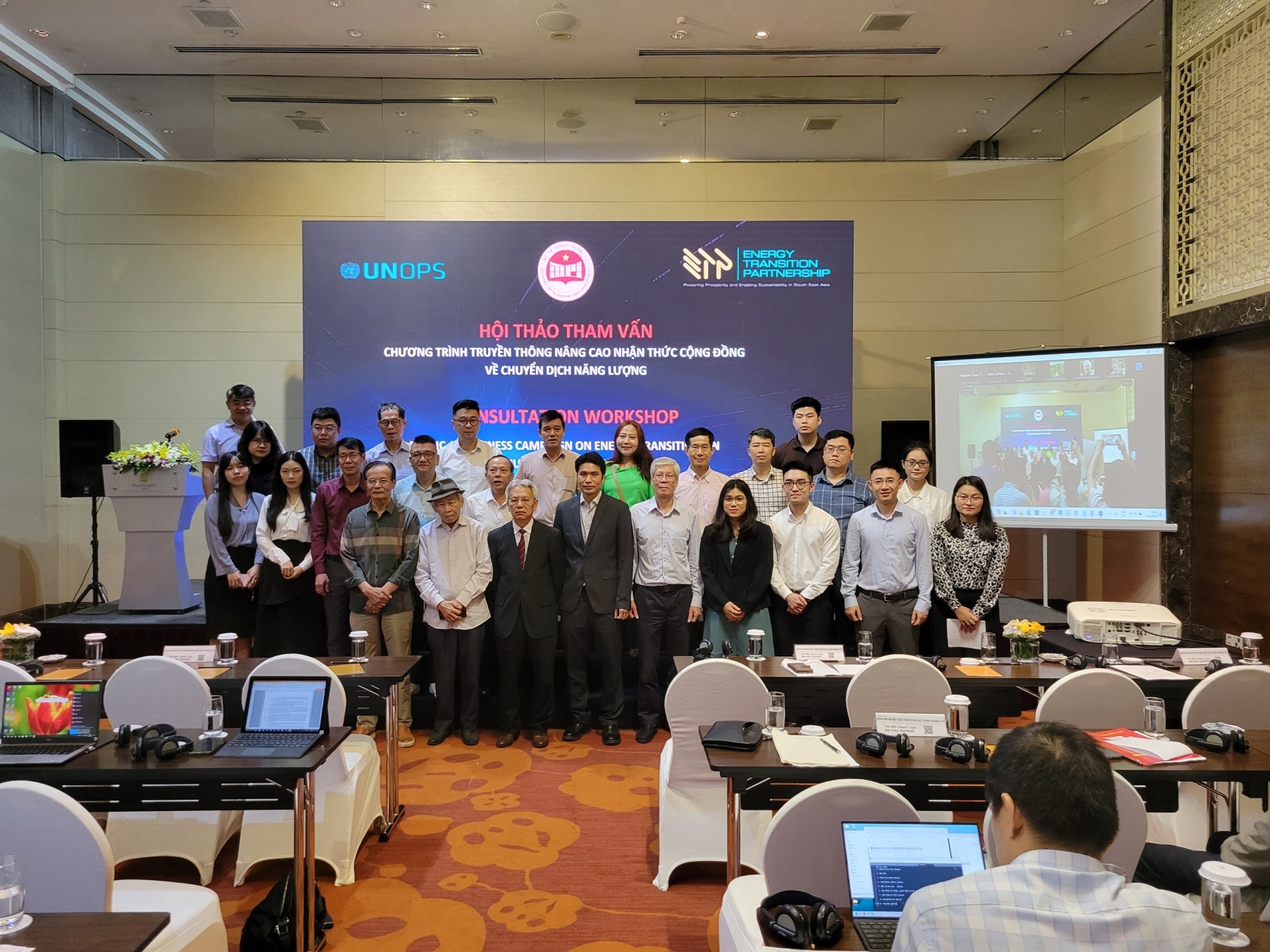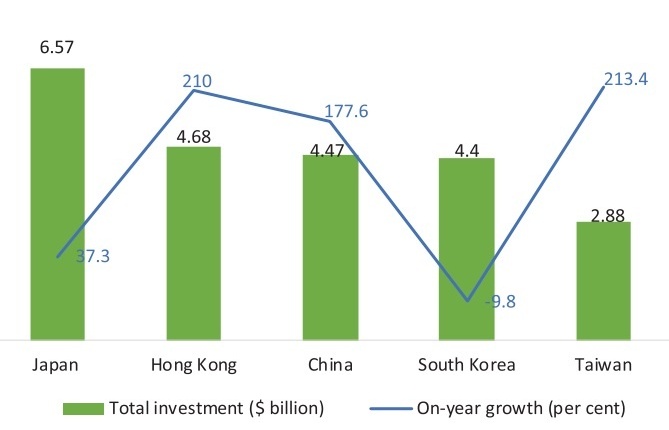Change management

illustration photo
The change in business need understanding as a proactive reform to boost the development and competitiveness, such as: Applying new technology, setting the new business goals…
Change management is always a challenge to managers and leaders, for the people, or specifically, the human resource will be directly affected. Hence, for each change, the managers should understand the key issues like the cause (general trend, new inventions…) and the goals of change, the separateness in the responsibilities of leaders and staffs. Among them, the fist necessary thing is the consensus and support of the collective.
Consensus is the key
Creating something new is always a challenging process because it breaks the “safe” habits. The changes often cause the effects to structure, culture, benefits… Doubt, anxiety is inevitable. To solve this, you should communicate clearly the information to make your people understand the need of change. Conversely, coercion just causes distrust and fails to bring the effectiveness.
To have the consensus, the leaders can use many tools such as conference, survey, training. Conference is a useful process to develop the knowledge of the collective and build up the method, policy, system… Meanwhile, employee survey will be the good way to repair the damages and distrust between the staffs, because the the participants can hide their name and freely state their opinion. In case there are some sensitive issues, direct meeting will be the best choice.
Change comes from the leaders
The staffs are not responsible for the change, or if possible, they just need to try their best. Meanwhile, the leaders need to manage the change and operate oganization in a way that employees can accept. Being the pioneers, the leaders need to facilitate and enable the change, especially understand the objective situation. Then, they help people understand the reason, objectives and the positive reaction according to the position and abilities of the employee.
Increasing the role of managers is explaining, communication and realization the process of change. To get hight effectiveness, the leaders, the managers need training change management skills because they play an important role, leading the innovation and adjustment.
8- step change management by John P Kotter
Leading to Change (1995) by John P Kotter has great contribution to change management process by presenting the 8 - step model:
1. Establishing a sense of urgency: inspire the need for change, determine the position of company to create the actual and suitable objectives, creating the message to call for action.
2. Develop the core team: to lead the change, company needs to gather the people with the same spirit of innovation, skills and suitable knowledge.
3. Develop a change vision: to create a simple vision and strategy, focusing on emotion and creation to push company’s service and effectiveness.
4. Communication for Buy-in: getting as much attention and capture as you can. Communication need to be simple, vivid, repeatable and invitational.
5. Empowering in broad-base: Remove the barrier and give the staffs the best condition for them to create highest performance
6. Creat short-term win: set achievable goals, choose the easy – to – do ideas, finishing each level before moving to new one.
7. Keep changing: consolidating gains and producing more change, promoting the determination and perseverance, set the key milestones for the future plan.
8. Stick to the change: spreading the change, let it develop in the culture of the whole oganization and creating suistanable change.
What the stars mean:
★ Poor ★ ★ Promising ★★★ Good ★★★★ Very good ★★★★★ Exceptional
Latest News
More News
- Small business: How to become a magnet employer? (December 04, 2013 | 13:47)
- How to write effective online job postings (December 04, 2013 | 13:40)
- Why Being a Manager is NOT Enough? (December 04, 2013 | 11:05)
- Show and tell (December 04, 2013 | 10:46)
- Tips for recruiting foreign employees (December 04, 2013 | 10:33)
- Training your staffs through employee exchange program (December 04, 2013 | 10:23)
- Win your success in mass recruitment (December 04, 2013 | 10:14)










 Mobile Version
Mobile Version